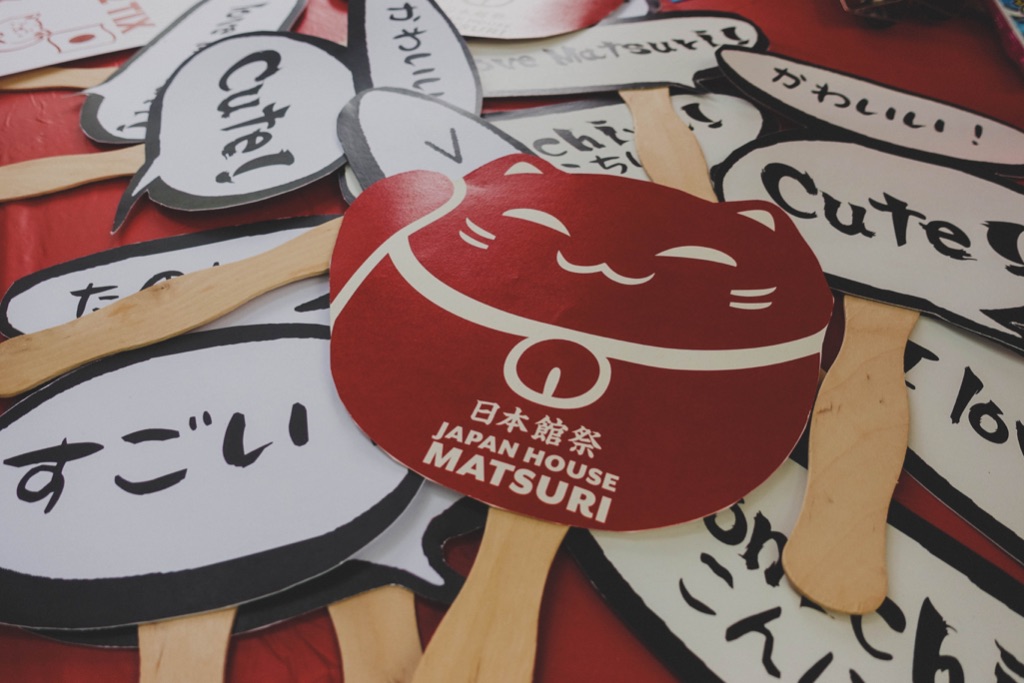There are a lot of special events that are unique to Champaign-Urbana, but the annual Matsuri Festival at Japan House stands out because of its celebration of Japanese culture, incredible food, and amazing activities. Because of the COVID-19 pandemic, the last festival was held in September of 2019. But it is finally returning, and just in time for the end of the school year and Asian American Pacific Islander Heritage Month. I was able to interview Diana Liao to ask her more about herself and what the Matsuri Festival means to her.
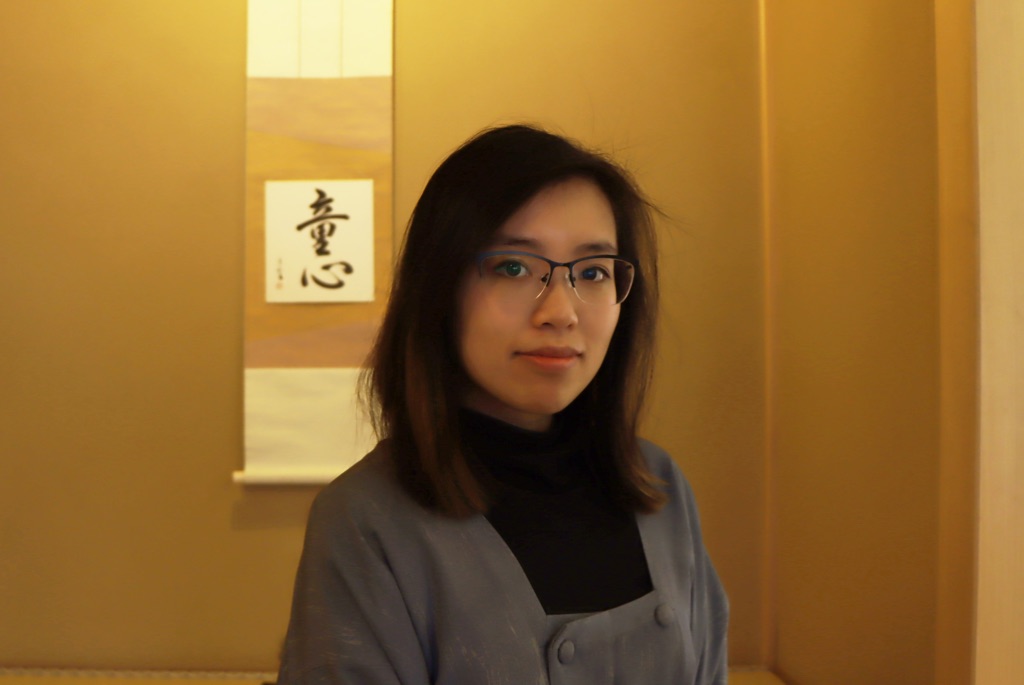
Smile Politely: Can you tell me a little bit about you and your role at Japan House?
Diana Liao: My name is Diana Liao. I’m the Education and Engagement Specialist at Japan House. I wear different hats and help with teaching courses as well as public programming and engagement. I came to the University of Illinois for my undergraduate studies and started studying Japanese tea ceremony when I was a sophomore. Japan House is such a wonderful place and I became heavily involved with everything and I ended up getting my Masters in Library and Information Science with a minor in Museum Studies from the U of I while also tying my studies in with my work at Japan House.
SP: How long have you been working at Japan House?
Liao: If we count when I started interning as an undergraduate and studying tea ceremony, then I’ve been at Japan House since 2015! It’s been incredible to see the growth and expansion of Japan House as well as contribute to the diverse programming and meet so many people.
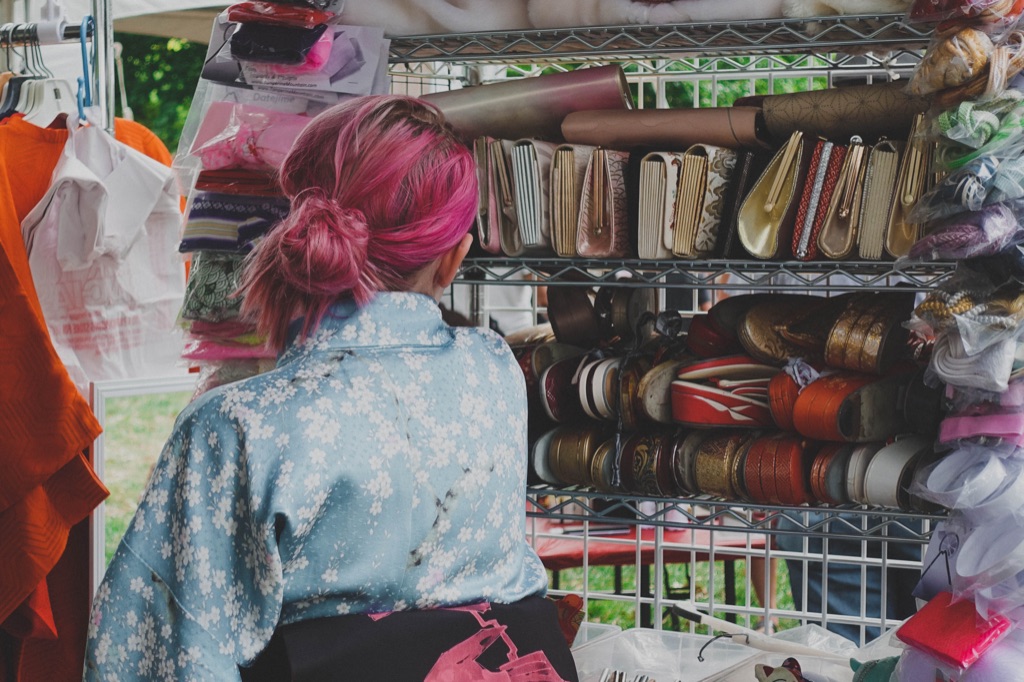
SP: This Matsuri festival is pretty significant (25 years at the arboretum and the first one back since COVID). Can you tell me about it? When did it start and why was it created?
Liao: Japan House has been in the Arboretum since 1998 when Professor Kimiko Gunji raised the funds to establish its construction as a permanent teaching facility for traditional Japanese arts and culture. Matsuri started in 2015 under the leadership of current Japan House Director Jennifer Gunji-Ballsrud. I am proud to say I’ve been part of every Matsuri since then! We had the last one in 2019 then our online festival Ganbaru in 2020 and the hybrid Arigatou no Kokoro festival in 2021. Typically, Matsuri was held in the fall around the start of the university school year to welcome everyone to campus and connect our university community with the local community. Safety is a big priority — we wanted to be cautious especially with COVID in creating a safe and welcoming environment for all. We took some time to plan in 2022 after hosting smaller scale outdoor events (like the monthly concert series called Shinrin Onyoku) and this year, we decided to hold Matsuri in May in honor of our 25th Anniversary, Asian American Pacific Islander (AAPI) Heritage Month, and to celebrate with graduating seniors since Matsuri was on hiatus due to COVID. (The last Matsuri was held in Fall 2019 and was postponed until this year so it’s right on time for graduating seniors to get this experience in!)
“Matsuri” means “festival” and there are many Matsuri held in Japan and by Japanese communities around the world to celebrate various occasions (e.g., mid-summer, spring, the end of summer, etc). Japan House Matsuri is Japan House’s biggest public engagement event and we collaborate with numerous local businesses, restaurants, artists, martial arts groups, and university student organizations to highlight and celebrate Asian arts and culture. We want to bring together both the local community and the university community because of the many audiences that support and interact with Japan House and we want to give back by giving an opportunity to gather everyone and honor the cultural heritage and diversity of Asia at Matsuri.
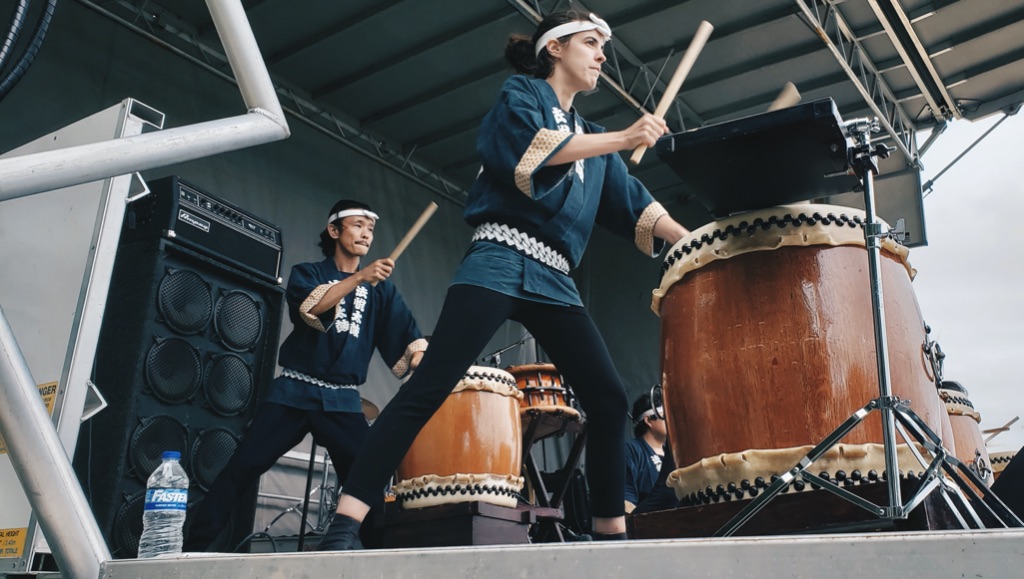
SP: What are you most looking forward to at this year’s festival?
Liao: I look forward to all the performances and visiting artists. I’m proud that in my role, I was responsible for writing two grants that contributed to Matsuri programming this year. Zenkyu Niwa’s engagement is supported by the Arts Midwest GIG Fund, a program of Arts Midwest that is funded by the National Endowment for the Arts, with additional contributions from the U of I Japan House. The other grant was the Education Grant from the Japan Foundation New York which allowed us to bring Seiran Chiba and Masaji Terasawa (The Candyman) to Matsuri. All three Japanese artists have been longtime friends of Japan House and it’s great that we can welcome them back in-person to campus. They’re all so eager to see our community and share their arts. I also look forward to adding another Matsuri shirt to my Matsuri shirt collection. Zenkyu designed the cat for this year’s shirt.
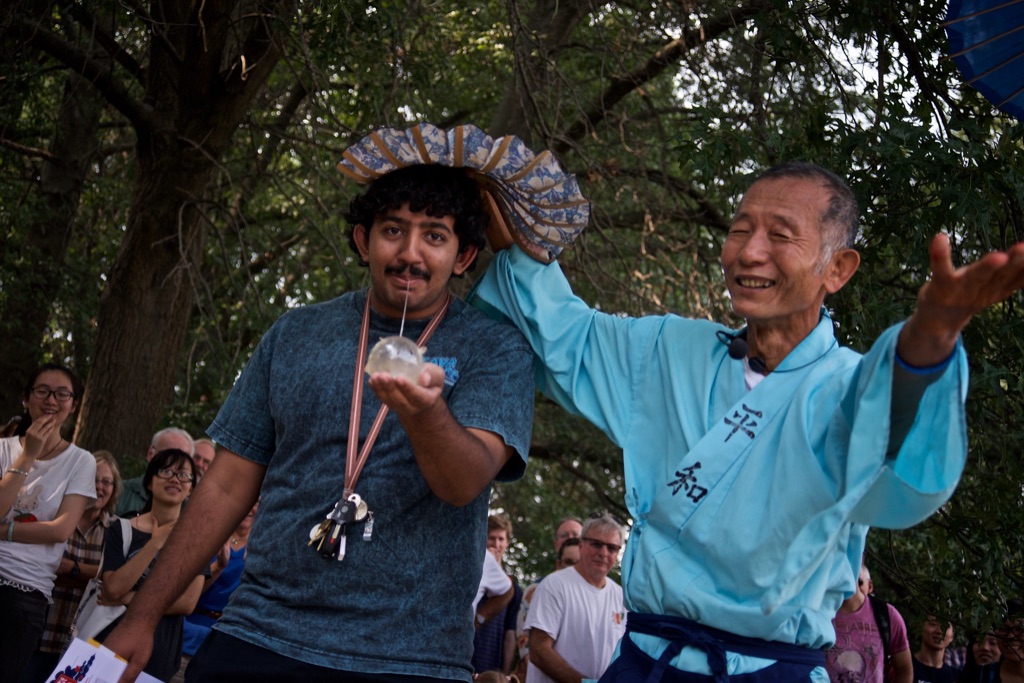
SP: What would you tell first time attendees?
Liao: This is our first time resuming Matsuri since 2019 so please be understanding and kind. There’s literally five Japan House staff members and the rest of Matsuri is supported by volunteers. We hope you’ll enjoy Matsuri and all the wonderful educational opportunities and entertainment. There’s a lot going on but take your time and even if you can’t get to it all, you can always look forward to coming back to a future Matsuri.
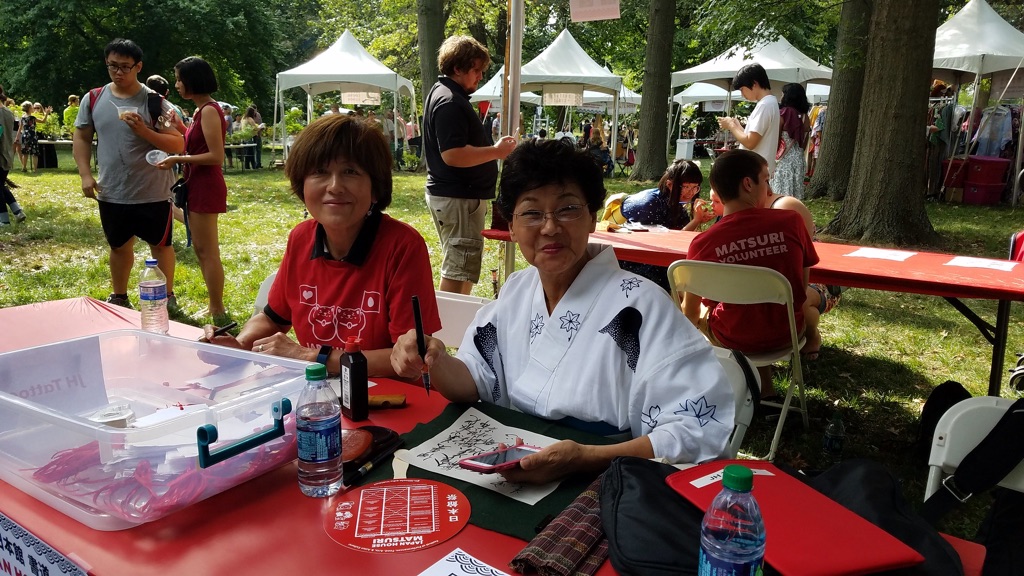
SP: The schedule is absolutely packed with incredible performers. Tell me about the process to find all of the amazing vendors.
Liao: We’re all about supporting local. Many performers and vendors have been with Japan House Matsuri since it began. I think it’s great to enable students to showcase their cultural organizations to a wider local audience and for the local community to get to engage with university students. We also work to bring in international artists and Japanese-American artists from the Chicago area which, again, goes back to our mission of building cultural bridges and making those connections.
Matsuri draws thousands of visitors and we want to be inclusive of representing the many facets and traditions of Asian arts and culture. Because of the diversity of students who take our classes and come to Japan House events, they often reach out to inquire if their organization could perform at Matsuri. As a university student myself a couple years ago, I was also involved with these organizations and attended their events so I had those connections as well. Personally, one of my roles in planning Matsuri has been communicating with student organizations to schedule performances and I enjoy the enthusiasm of students who proudly want to represent their culture or art form. They spend so much time studying and working so performing and enjoying Matsuri is a rewarding break from their usual routine. We appreciate everyone for making time in their schedules to be part of Matsuri.
SP: What is your best memory of previous Matsuri festivals?
Liao: The food! We work with food vendors to develop Asian inspired/themed foods so there are experimental menu items that you might not typically find on their menus. I love the yakitori from Michael’s Catering. First-time attendees should definitely get it before it sells out. Also, I’m not sure if this counts as a memory — it’s more memorabilia — but in addition to collecting the shirts each year, every year that Triptych Brewing has made a specialty beer/seltzer for Matsuri, I save the can label and tape it on my fridge.
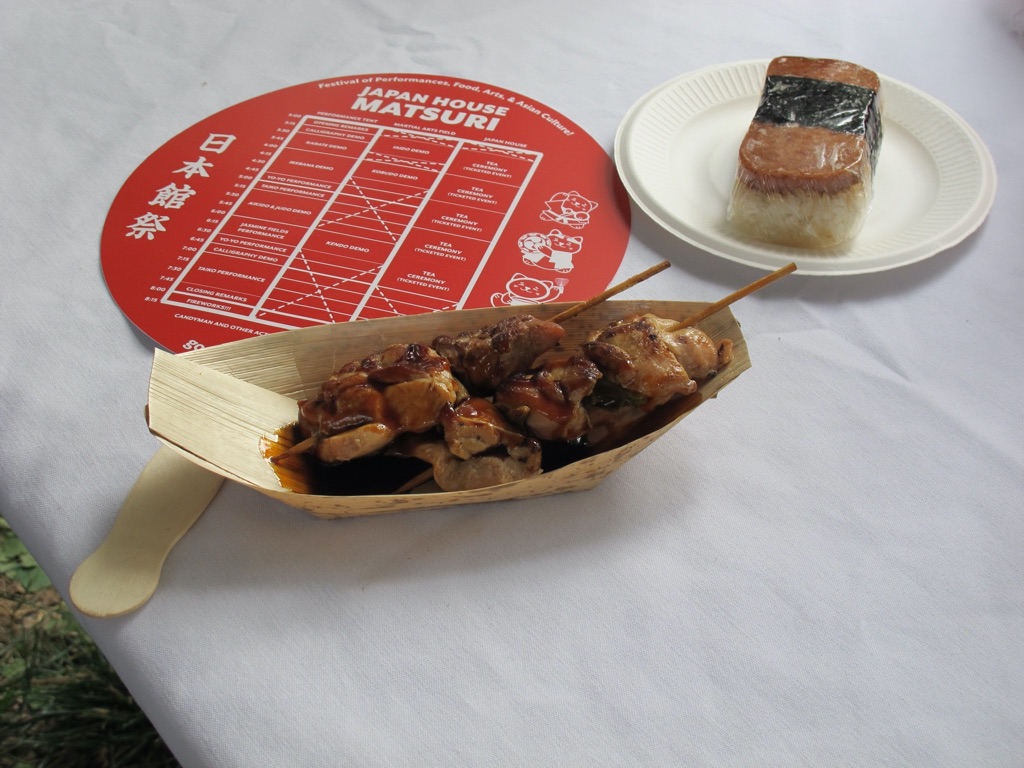
SP: What do you hope people will take away from this experience?
Liao: Japan House’s mission is to share traditional arts and culture and help build cultural bridges. I hope that people who attend Matsuri learn a lot about Asian arts and culture and also appreciate all the incredible people in our community. Representation matters and having so many diverse vendors, performances, and workshops allows our communities to foster a deeper sensitivity towards other cultures and appreciation for diversity and inclusion. We hope that everyone feels welcome at Matsuri and that Asian culture is honored and celebrated.
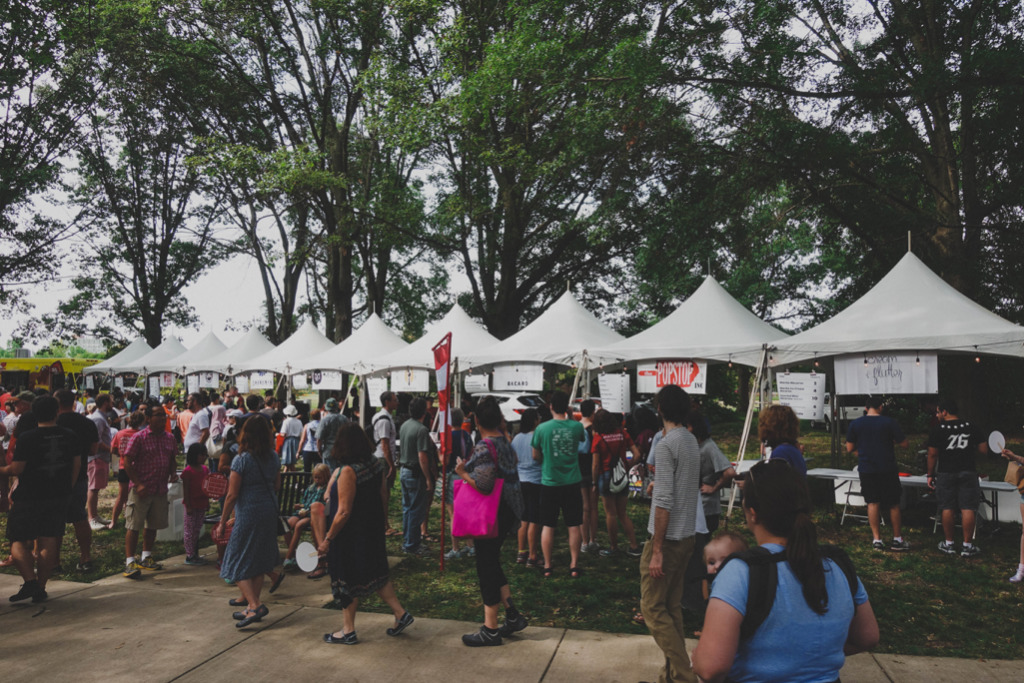
Matsuri Festival
Japan House and Arboretum
2000 S. Lincoln Ave
Urbana
Sa May 6th
noon to 9 p.m.








